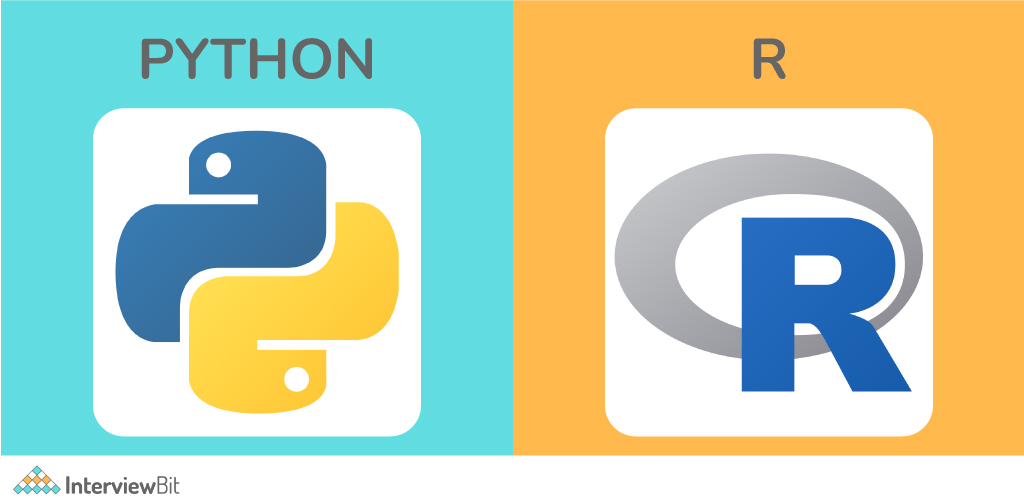The following features Python vs R: Must-Know Differences for Data Analysts:
Python:
• Usage: A versatile, general-purpose programming language widely used for data analysis, web development, automation, and more.
• Best For: Data analysis, machine learning, web development, and scripting. Its extensive libraries make it suitable for a wide range of applications.
• Data Handling: Handles large datasets efficiently with libraries like Pandas and NumPy, and integrates well with databases and big data tools.
• Visualizations: Provides robust visualization options through libraries like Matplotlib, Seaborn, and Plotly, though not as specialized as R’s visualization tools.
• Integration: Seamlessly integrates with various systems and technologies, including databases, web frameworks, and cloud services.
• Learning Curve: Generally considered easier to learn and use, especially for beginners, due to its straightforward syntax and extensive documentation.
• Community & Support: Large and active community with extensive resources, tutorials, and third-party libraries for various applications.
R:
• Usage: A language specifically designed for statistical analysis and data visualization, often used in academia and research.
• Best For: In-depth statistical analysis, complex data visualization, and specialized data manipulation tasks. Preferred for tasks that require advanced statistical techniques.
• Data Handling: Handles data well with packages like dplyr and data.table, though it can be less efficient with extremely large datasets compared to Python.
• Visualizations: Renowned for its powerful visualization capabilities with packages like ggplot2, which offers a high level of customization for complex plots.
• Integration: Primarily used for data analysis and visualization, with integration options available for databases and web applications, though less extensive compared to Python.
• Learning Curve: Can be more challenging to learn due to its syntax and focus on statistical analysis, but it offers advanced capabilities for users with a statistical background.
• Community & Support: Strong academic and research community with a wealth of packages tailored for statistical analysis and data visualization.
Python is a versatile language suitable for a broad range of applications beyond data analysis, offering ease of use and extensive integration capabilities. R, on the other hand, excels in statistical analysis and data visualization, making it the preferred choice for detailed statistical work and specialized data visualization.






